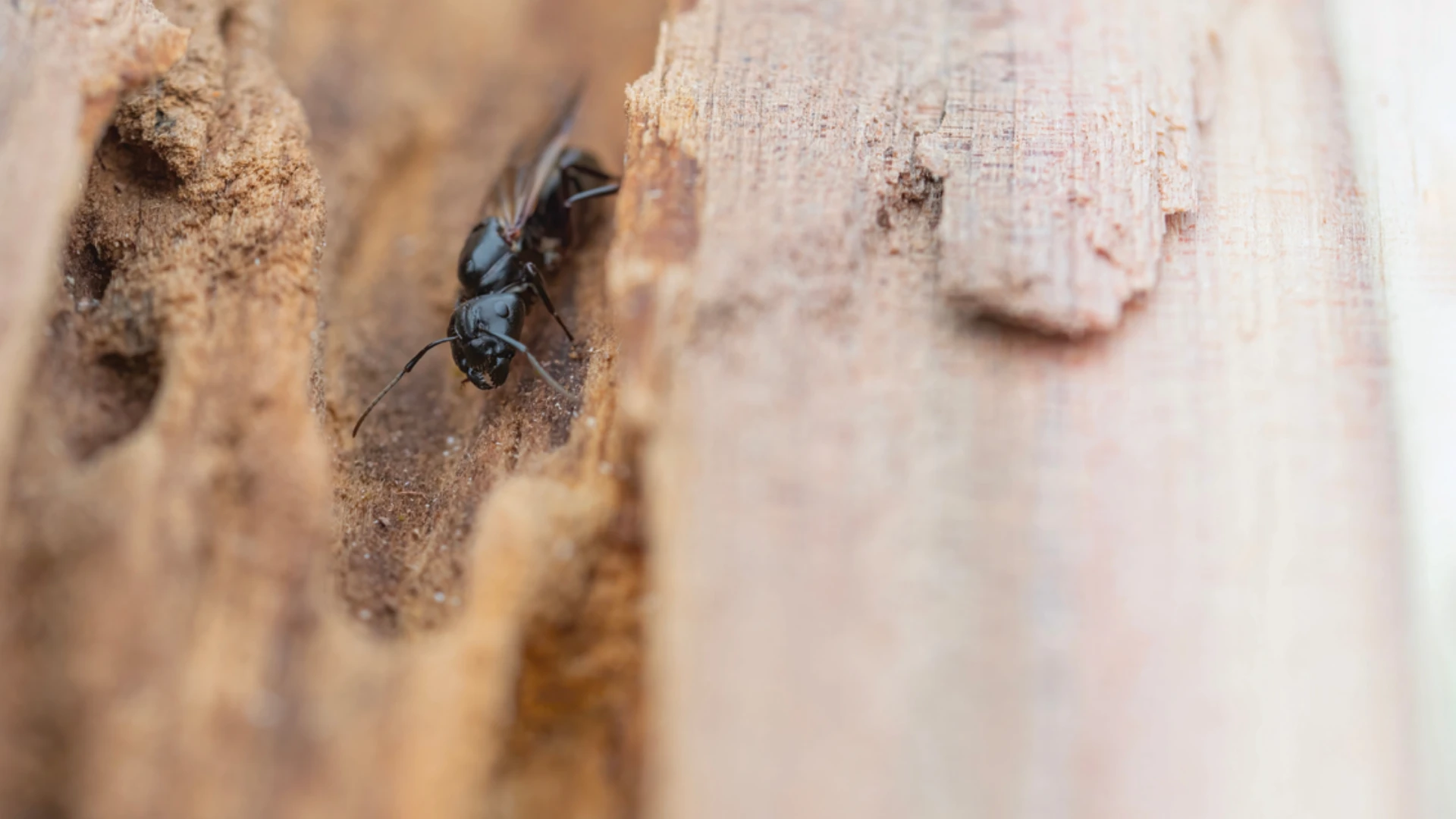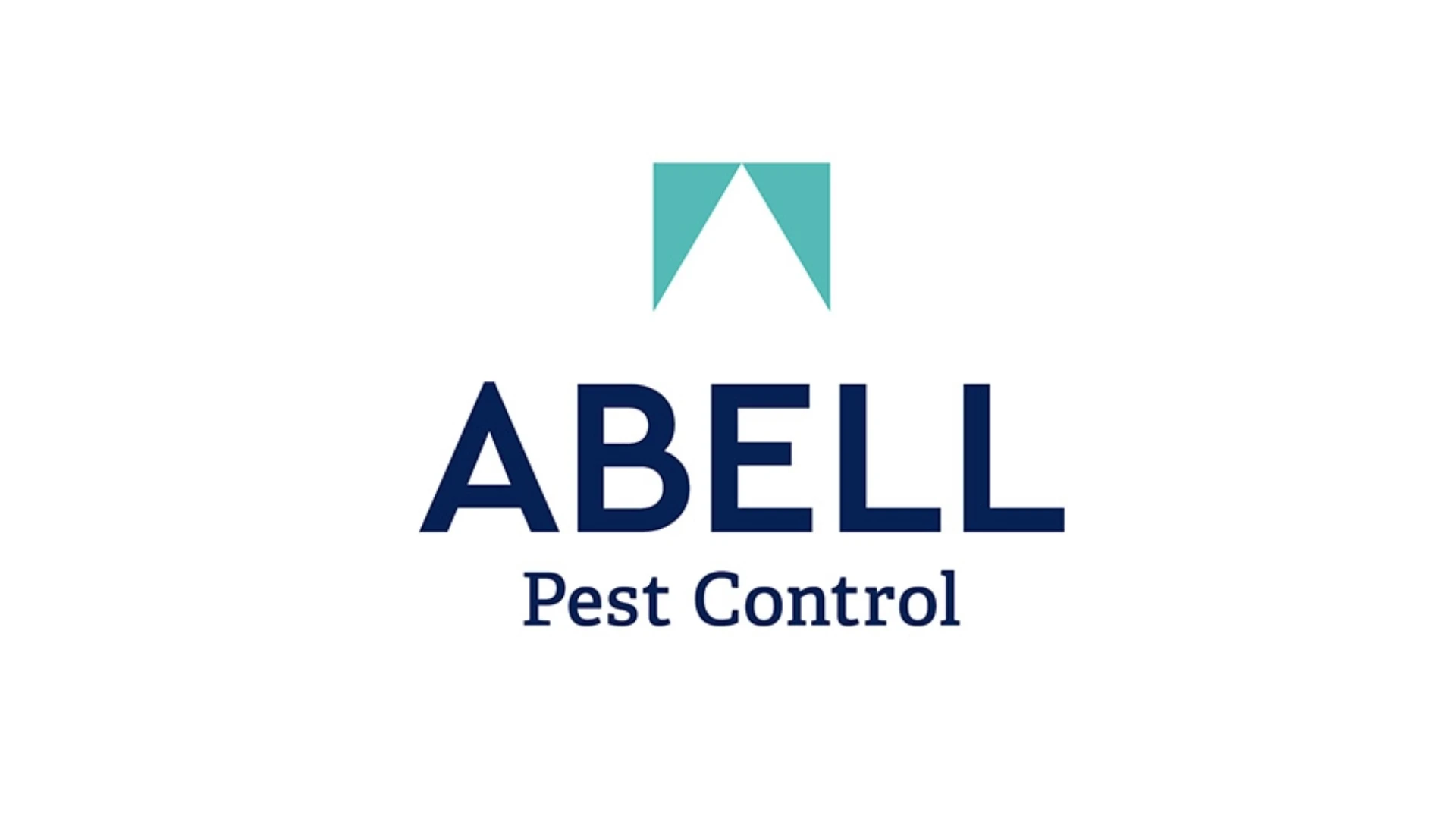
The U.S. Fish and Wildlife Service announced that it has listed the rusty patched bumble bee as endangered under the Endangered Species Act. Endangered species are animals and plants that are in danger of becoming extinct. Identifying, protecting and recovering endangered species is a primary objective of the U.S. Fish and Wildlife Service’s endangered species program.
The USFWS listed the following reasons for the bee decline
Habitat loss and degradation:
Most of prairies and grasslands of the Upper Midwest and Northeast have been converted to monoculture farms or developed areas, such as cities and roads. Grasslands that remain tend to be small and isolated.
Intensive farming:
Increases in farm size and technology advances improved the operating efficiency of farms but have led to practices that harm bumble bees, including increased use of pesticides, loss of crop diversity which results in flowering crops being available for only a short time, loss of hedgerows and the flowers that grew there, and loss of legume pastures.
Disease:
Pathogens and parasites may pose a threat to rusty patched bumble bees, although their prevalence and effects in North American bumble bees are not well understood.
Pesticides:
The rusty patched bumble bee may be vulnerable to pesticides used across its range. Pesticides are used widely on farms and in cities and have both lethal and sublethal toxic effects. Bumble bees can absorb toxins directly through their exoskeleton and through contaminated nectar and pollen. Rusty patched bumble bees nest in the ground and may be susceptible to pesticides that persist in agricultural soils, lawns and turf.
Global climate change:
Climate changes that may harm bumble bees include increased temperature and precipitation extremes, increased drought, early snow melt and late frost events. These changes may lead to more exposure to or susceptibility to disease, fewer flowering plants, fewer places for queens to hibernate and nest, less time for foraging due to high temperatures, and asynchronous flowering plant and bumble bee spring emergence.
USFWS also listed the following efforts being done to conserve the rusty patched bumble bees.
U.S. Fish and Wildlife Service:
Several Service programs work to assess, protect, and restore pollinators and their habitats. Also, the Service works with partners to recover endangered and threatened pollinators and pollinator-dependent plants. Concern about pollinator declines prompted formation of the North American Pollinator Protection Campaign, a collaboration of people dedicated to pollinator conservation and education. The Service has a Memorandum of Understanding with the Pollinator Partnership to work together on those goals. The Service is a natural collaborator because our mission is to work with others to conserve, fish, wildlife, and plants and their habitats.
Other Efforts:
Trusts, conservancies, restoration groups and partnerships are supporting pollinator initiatives and incorporating native plants that support bees and other pollinators into their current activities. For example, the USDA Natural Resource Conservation Service is working with landowners in Michigan, Minnesota, Montana, North Dakota, South Dakota, and Wisconsin to make bee-friendly conservation improvements to their land. Improvements include the practices of planting cover crops, wildflowers, or native grasses and improved management on grazing lands.
Research:
Researchers are studying and monitoring the impacts of GMO crops and certain pesticides on pollinators. Efforts by citizen scientists and researchers to determine the status of declining bee species are underway throughout the U.S.
Latest from Pest Control Technology
- Rose Pest Solutions Becomes Official Pest Provider of Chicago Fire FC
- WSPMA Hosts Legislative Day at Washington State Capitol
- A-1 Pest Control Marks 59 years in Business
- Hawaii PCO Shares Regulatory Challenges, Business Impacts from Lahaina Wildfires
- 5 Tips for Reducing Waste in the Office and in the Field
- OvoControl Now Available in Chile
- Envu Announces Savings Programs for Pest Management Professionals
- Follow the Trail





